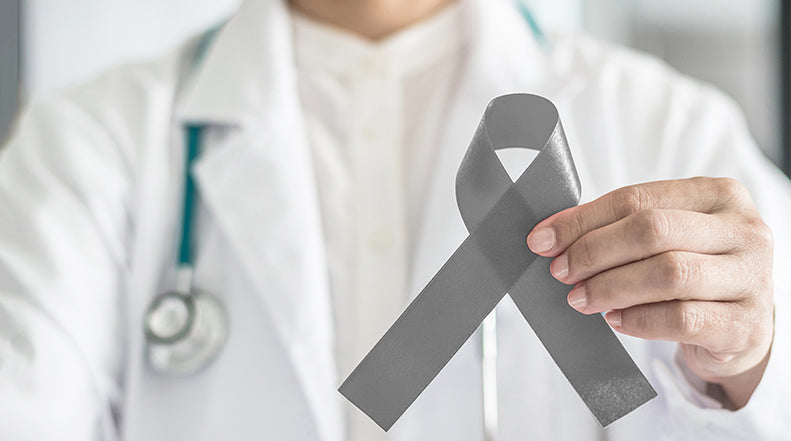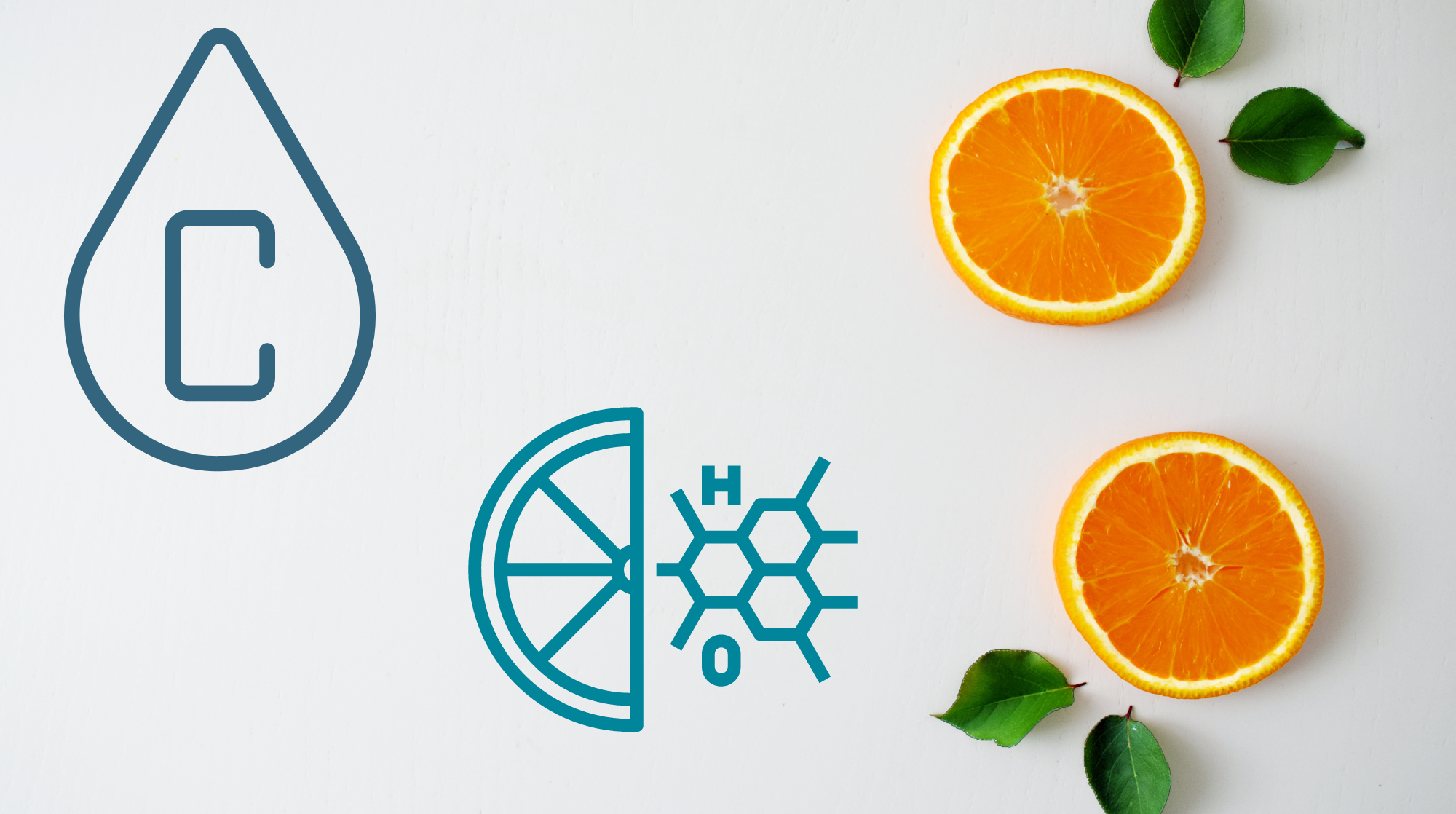5 Things You Need to Know About Glioblastoma

Glioblastoma also knows as GBM Multiforme is a form of brain cancer that is highly aggressive. According to a report published by Health Grades USA, Glioblastoma affects 14,000 plus people in the USA. This type of brain cancer became a popular subject after former governor John McCain was diagnosed. There are two types of glioblastomas, that is, de novo (primary) and secondary glioblastoma. A person affected with primary glioblastoma quickly shows symptoms of the glioblastoma while a person affected by secondary glioblastoma tends to take a long time before the symptoms of glioblastoma start showing. Currently, there is no cure for glioblastoma.
1. Glioblastoma is More Prevalent Among Adults
Glioblastoma effects a high number of adults compared to children and infants. 35-40 percent of all adults diagnosed with cancerous tumors in the U.S. in 2016 had glioblastoma.
2. Seizures are Deemed a Symptom of Glioblastoma
The American Brain Tumor Association stated that seizures may be a symptom of brain tumors including Glioblastoma.
3. There is No Cure!
As stated above, there is no existing cure for glioblastoma. Although this is the case there are ways of easing the symptoms of the pain associated with glioblastoma. There are a number of factors that work to make it difficult for medical practitioners to find a way of curing glioblastoma.
4. Glioblastoma Survival Rates are Increasing
For adults ages 55 to 64 the likelihood of being alive five years after being diagnosed with glioblastoma is just 4%. Progress is being made. In the mid-1990s, the average survival length after diagnosis was 8 to 10 months; today, it’s 15 to 18 months. Less than a generation ago, almost no one with glioblastoma survived five years; now, the overall five-year survival rate for glioblastoma is 15%.
5. Surgery Can Help Relieve Symptoms.
Surgery won’t cure glioblastoma, but it can help patients feel better and slow the growth of cancer. During surgery, physicians remove as much of the brain cancer as possible; they can also relieve pressure in the brain, which may result in decreased symptoms. Practices like chemotherapy and radiation are used to slow down the cancer and help mitigate some of the symptoms.
As today is Glioblastoma day, let’s all get together to gain awareness for this aggressive brain tumor. You can use #GBMDay on Facebook and Instagram and other social media sites to help show your support, stories, and personal battles.
Written by Michael Hanna




Comments